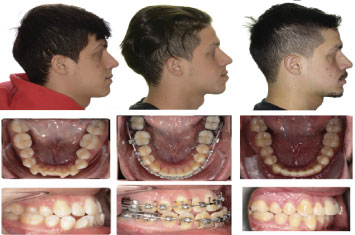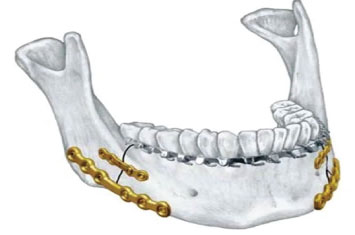Jaw Correction Through Orthognathic Surgery

Jaw Correction Through Orthognathic Surgery
What is Jaw Surgery?
Jaw surgery is also called Orthognathic (or-thog-nath-ik) Surgery. Corrective jaw surgery is used to improve breathing problems and other functional problems that are common with a wide array of skeletal and dental irregularities.
This procedure is performed by a board-certified oral and maxillofacial surgeon (OMS). Its goal is to improve oral function by adjusting the positions of the jaws and teeth. It can be used to help patients with misalignment of the upper and lower teeth that causes:
A board certified maxillofacial surgeon can perform various orthognathic procedures that realign the teeth and jaw bones, thereby enhancing their function. While jaw surgery is recommended for correcting problems with chewing, talking, and other day-to-day functions, it commonly results in improvements to facial appearance. Orthognathic surgery is not an outpatient procedure. It requires staying in a hospital or surgical facility for 3-4 days, the use of general anesthesia and several months to fully heal from.
Benefits of Jaw Surgery
Improving the alignment of the upper jaw, lower jaw, and chin with orthognathic surgery has various possible benefits depending on the problems being corrected. Some of these include:
Jaw surgery can help to improve various medical conditions as well, including temporomandibular joint (TMJ) pain, chronic jaw pain, headache, facial injury, dentofacial birth defects, obstructive sleep apnea, excessive wear from teeth grinding, facial asymmetry, and jaw closure disorders.





